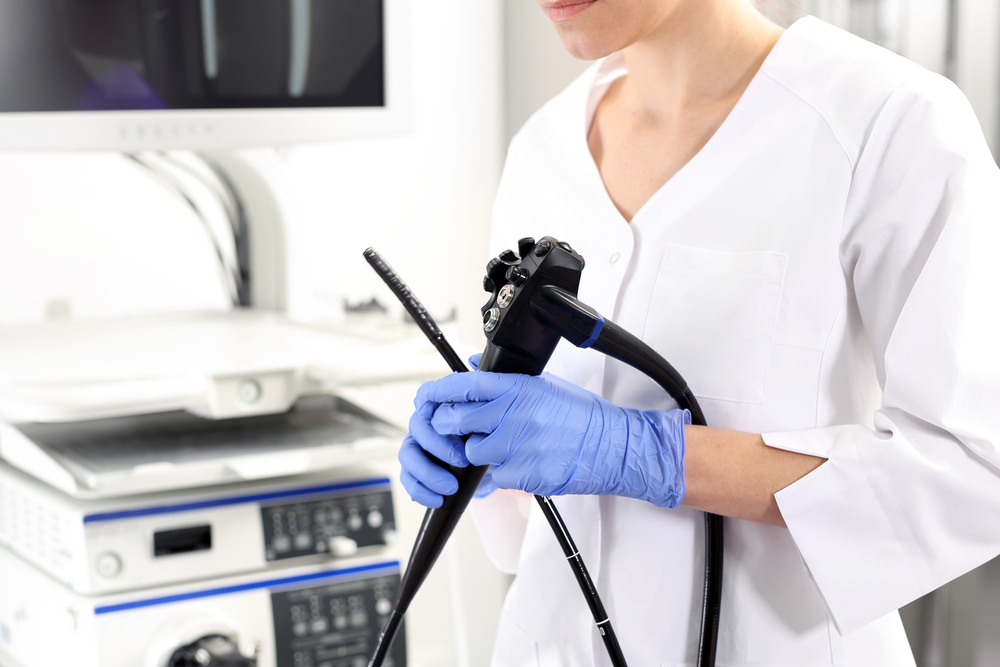Why Colonoscopies and Sigmoidoscopies are Important
“An ounce of prevention is worth a pound of cure,” goes the old saying. When it comes to medicine, this is certainly the case. And of course, the value of this prevention is much more than merely fiscal: catching potential problems early can help add years to your life while enhancing your quality of living. Getting regular colonoscopies according to your doctor’s medical recommendations is a great example of this concept in action. According to the American Cancer Society, the average 5-year relative survival rate for colon cancer is roughly 90% as long as the disease is detected in its early stages. When colon cancer is discovered at a more advanced stage, however, that survival rate drops drastically. In fact, colorectal cancer represents the second leading cause of cancer death in the United States.
As you are probably already aware, colonoscopies (along with the related, but less invasive procedure known as sigmoidoscopies) represent the most effective way of detecting early-stage colon cancer. In fact, because colon cancer takes quite a while to develop to a dangerous stage, regular colonoscopies and sigmoidoscopies can oftentimes detect potential problems while they are still in their benign (non-cancerous) stage. These as-of-yet harmless growths, known as polyps, can be removed very non-invasively, thus drastically reducing the patient’s chance of ever developing colon cancer in the first place.
Here are a few important facts about colonoscopies that every patient should know:
- Typically, doctors recommend that patients receive just one colonoscopy every ten years, starting at age 50. However, doctors also recommend that patients receive a sigmoidoscopy space out every five years in between their colonoscopies, also starting at age 50. Depending upon individual factors such as medical history, family history, and personal risk factors, however, doctors may recommend that colonoscopies and sigmoidoscopies be performed on a different schedule. This is why regular medical checkups are important.
- 24 hours before receiving a colonoscopy or sigmoidoscopy, patients are required to undergo a preparation process. This generally involves a liquid diet, laxatives, and, in some cases, enemas.
- Patients may be given medication to facilitate sleep and relaxation
- Doctors check for potential problems using a special camera that observes in inside of the colon. This technology is designed to be as non-invasive as possible, and every measure is taken to protect patient’s privacy.
- Colonoscopies generally take around 30 minutes, while sigmoidoscopies may take only 15 to 20 minutes.
- Colonoscopies are usually performed by a gastroenterologist or a colorectal surgeon. Sigmoidoscopies can also be performed by general practitioners.
- Small polyps discovered during these procedures can usually be removed on the spot without further complications.
- Although minor discomfort can persist after the procedure, this is unusual. More serious complications can occur in rare cases, but are highly unlikely.
- Upon receiving a colonoscopy, patients will need to arrange to be driven home due to the lingering effects of sedation. After a sigmoidoscopy, on the other hand, patients are generally able to go about their day with no lasting effects whatsoever.
In brief: although the thought of receiving a colonoscopy may seem unpleasant or intimidating, it is one of the simplest choices you can make in order to improve your long-term health outlook.
Of course, it is important to understand that these facts are, in a certain sense, generalizations: in order to understand the best course of preventative action for your own healthcare, it is imperative that you speak personally with a health care professional. If you live in the Long Island area, we recommend that you get in touch with us here at Surgical Specialists of Long Island. Our dedicated team will work with you in order to develop the post effective and personalized healthcare strategy available.
